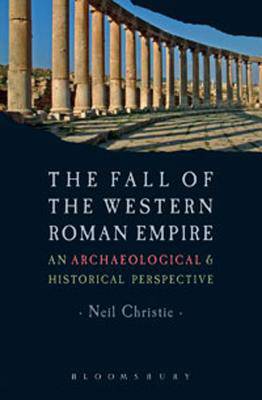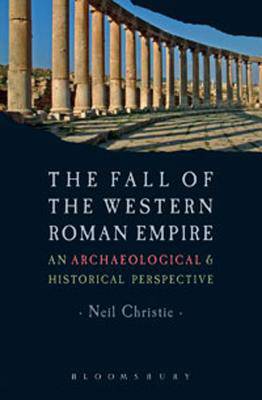
- Afhalen na 1 uur in een winkel met voorraad
- Gratis thuislevering in België vanaf € 30
- Ruim aanbod met 7 miljoen producten
- Afhalen na 1 uur in een winkel met voorraad
- Gratis thuislevering in België vanaf € 30
- Ruim aanbod met 7 miljoen producten
Omschrijving
The decline of the Roman Empire has been a subject of fascination and debate for centuries. In this original new work, Neil Christie draws on numerous sources, interweaving the latest archaeological evidence, to reconstruct the period's landscape and events. In the process, he rethinks some of historians' most widely held and long-established views: Was the Empire's disintegration caused primarily by external or internal factors? Why did the Eternal City of Old Rome collapse in the West, while the 'New Rome' of Constantinople endured in the East? What was destroyed and what remained of Roman culture after successive invasions by Vandals, Goths, Huns and other 'barbarians', and what was the impact of the new Christian religion? As Christie expertly demonstrates, the archaeology of the late Roman period reveals intriguing answers to these and other questions. Taking an innovative, interdisciplinary approach that combines traditional historical methods and a unique familiarity with the Empire's physical remnants, he uncovers new aspects of Rome's military struggles, its shifting geography, and the everyday lives of its subjects.
Written in a clear, accessible style, The Fall of the Western Roman Empire is a perfect introduction for newcomers to the subject, and essential reading for undergraduate students and specialists in archaeology and ancient history.Specificaties
Betrokkenen
- Auteur(s):
- Uitgeverij:
Inhoud
- Aantal bladzijden:
- 224
- Taal:
- Engels
- Reeks:
Eigenschappen
- Productcode (EAN):
- 9780340759660
- Verschijningsdatum:
- 15/02/2012
- Uitvoering:
- Paperback
- Formaat:
- Trade paperback (VS)
- Afmetingen:
- 155 mm x 231 mm
- Gewicht:
- 521 g

Alleen bij Standaard Boekhandel
Beoordelingen
We publiceren alleen reviews die voldoen aan de voorwaarden voor reviews. Bekijk onze voorwaarden voor reviews.











